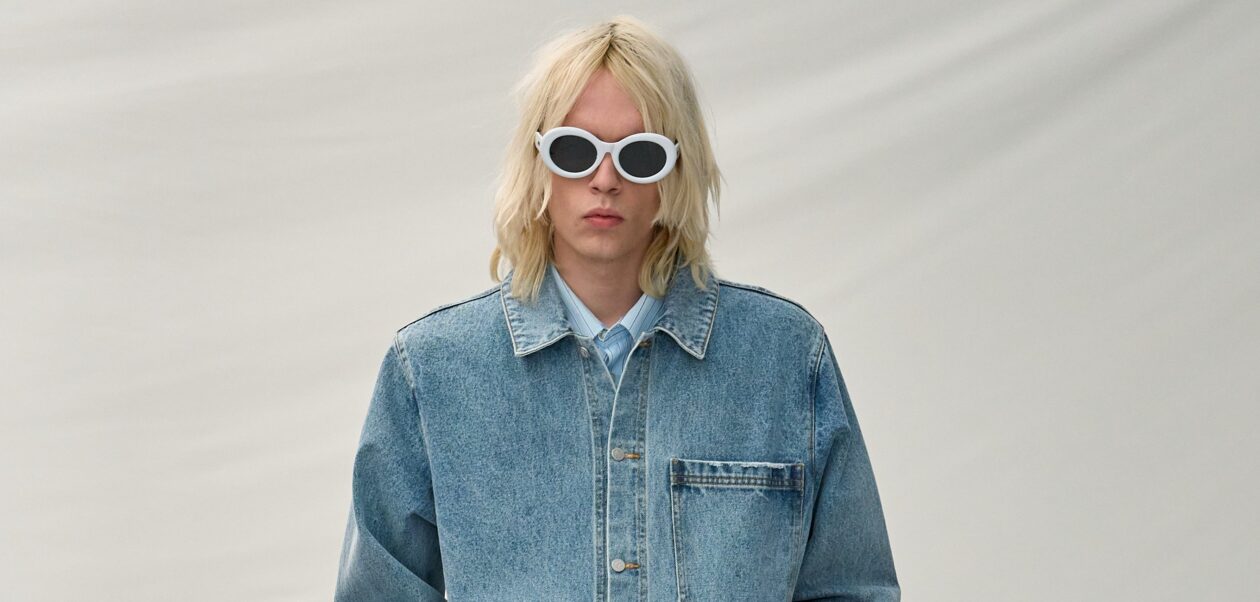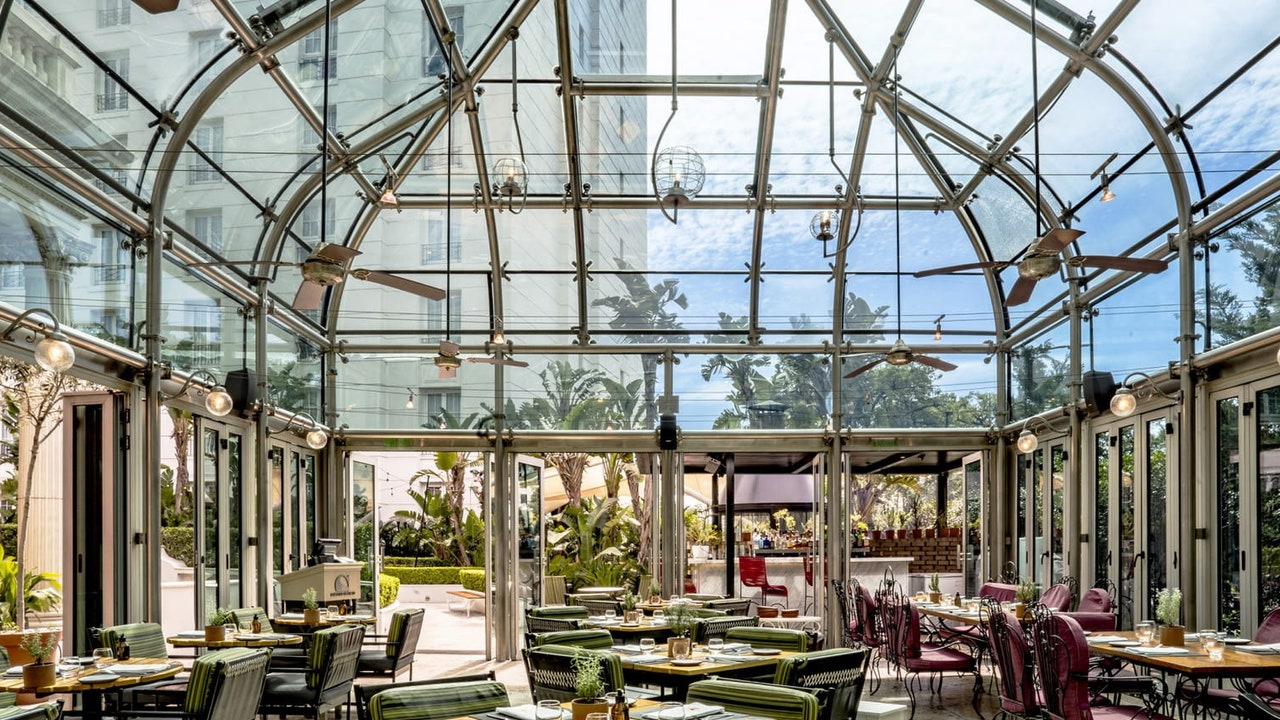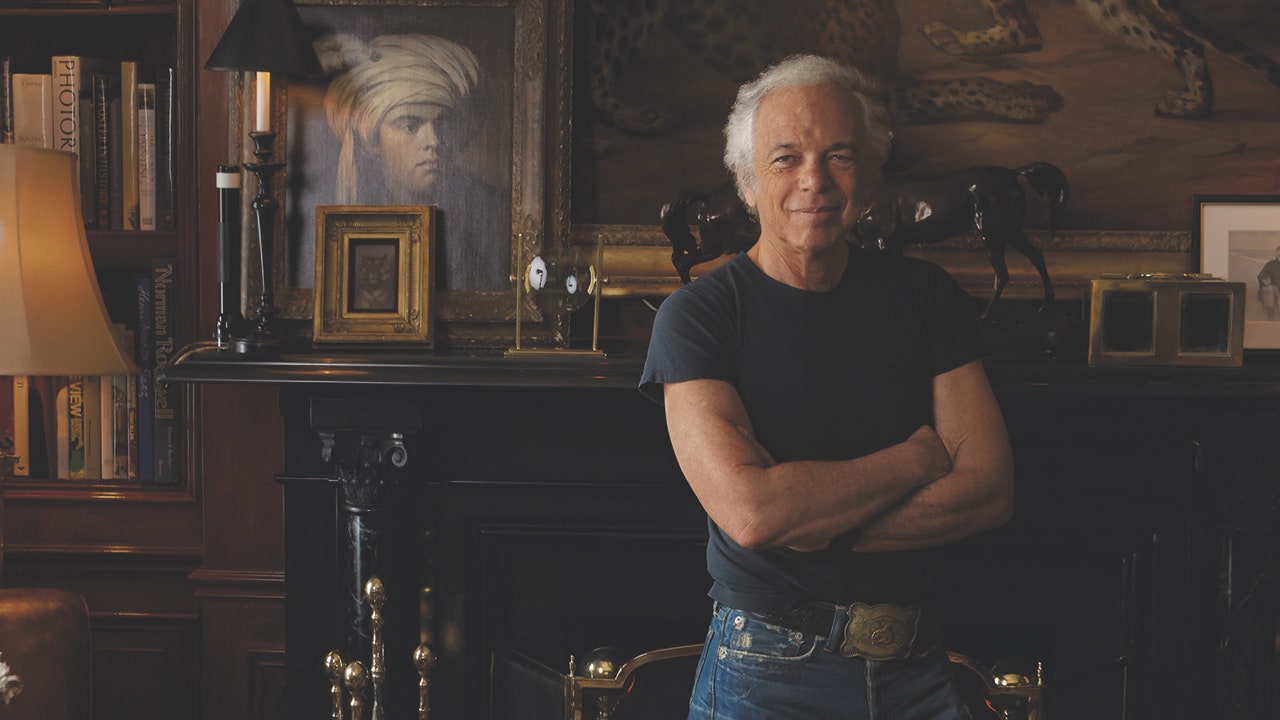Alis, a fresh entry on the CPHFW calendar, has a history. The brand, with its bold, block letter logo, was created as a skate label in 1996 in Freetown, Christiania by two friends, Albert Hatchwell Nielsen and Isabelle Hammerich. The company’s fortunes were in decline for many years until, in 2023, another set of friends—Rains founders Philip Lotko and Daniel Brix Hesselager—acquired the brand as a passion project. (Hatchwell Nielsen is no longer involved with the label, Hammerich continues to be.) Tobias Birk Nielsen signed on as creative director and with the tagline “comeback culture” the team set out not so much to relaunch, but to rewire Alis as a sort of heritage brand—but not skatewear. The opening look today, a light wash denim jacket, jeans, plaid shirt, leather boots, and white-rimmed Mod-ish sunglasses, was an effective demonstration of Alis’s new positioning as a contemporary streetwear/denim offering.
Alis 2.0 is, like the show space, clean and bright, and in many ways easy to like. Pernille Teisbaeck had a hand in the just so styling, and it wasn’t hard to imagine her sporting the extra wide jeans. The casting felt déjà vu of (di)vison. Grunge-y plaids were prevalent and pinstripe was cut into sweat shapes. There was yellow-washed denim and black leather, a graffiti logo on garments, and block belts. Nielsen’s own design fingerprint was visible in the striking and effective lunar-like prints.
May Andersen, whose face, one insider shared, appeared on a best-selling Alis skateboard back in the day, closed the show wrapped in logo tape. That one was for the Danish millennials; much of the rest seemed designed for Gen Z and Alphas with anemoia for the ’90s, but not only—the front-row crowd was working the track suits in their own glam way. This was a well-executed show, a well-meaning one, and a personal triumph for Nielsen. A sincere person, he told me, the team’s motivation is “to give the new generation that platform to connect through Alis as we have had the option to do.” The question remains whether such bonds can be created through the vehicle of a cultural tendency (nostalgia) rather than a lived culture (lifestyle).




